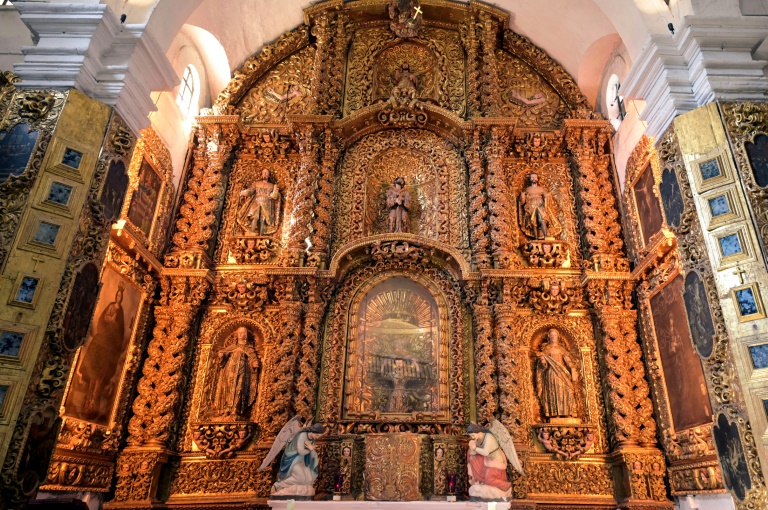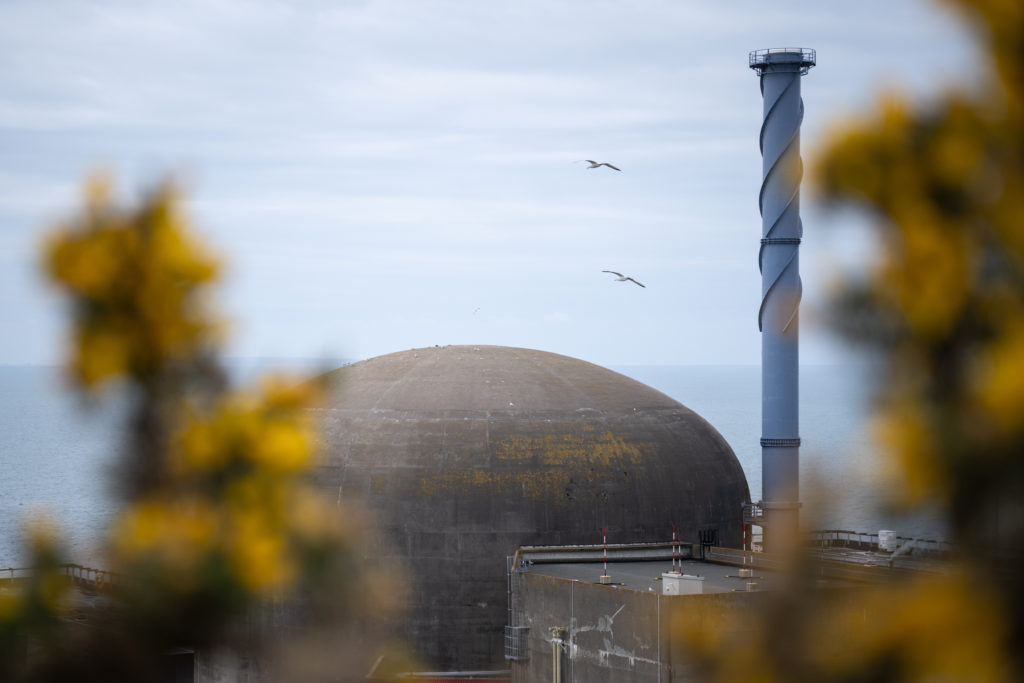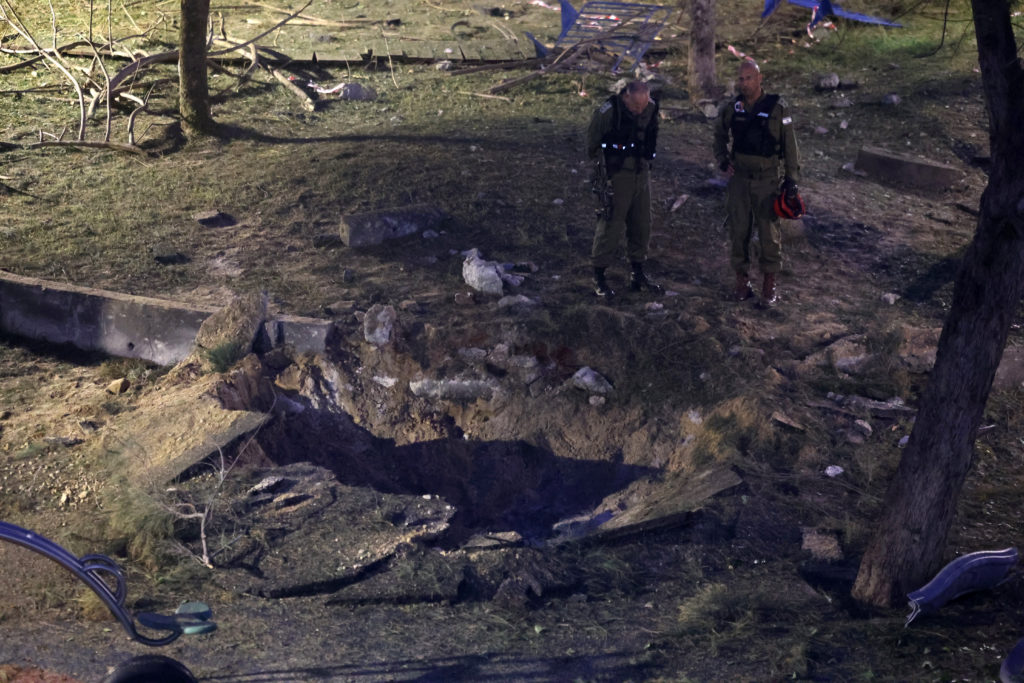A cathedral and monastery in Mexico where some of the first Franciscan missionaries to New Spain converted indigenous people to Christianity was on Tuesday listed by UNESCO as a World Heritage Site.
Our Lady of the Assumption, located in Tlaxcala southeast of Mexico City, was a cornerstone of evangelism during the early stages of Spanish colonization of the Americas.
The complex was one of the first of its kind, constructed with the help of local workers in 1526, years before the conquest of the Inca empire in South America.
Inside the cathedral, an inscription on the pulpit reads: “Here the Holy Gospel had its beginning in this New World.”
The complex’s construction “totally transformed the vision of the world conceived until then,” said Jose de la Rosa, director of the National Institute of Anthropology and History in Tlaxcala.
It is one of more than a dozen monasteries built by Franciscan, Dominican and Augustinian missionaries some five centuries ago on the slopes of the Popocatepetl volcano.
Fourteen of the early 16th century monasteries were inscribed on the UNESCO World Heritage List in 1994, but the Tlaxcala complex was omitted at the time, despite its historical importance.
Our Lady of the Assumption “served as a spiritual, political, architectural and aesthetic experiment” in evangelism and the establishment of New Spain, according to Mexico’s culture ministry.
Its originality is reflected in elements such as a freestanding steeple tower, open atrium and wooden coffered ceiling, reminiscent of Spain’s Mudejar style of Islamic-influenced architecture.
Our Lady of the Assumption “dominates both social and religious activity and that has survived from the 16th century to the 21st century,” said Gelvin Xochitemo, an architect specialized in historical monuments.
“It continues to be a meeting point, a social place, of coexistence,” he said.










